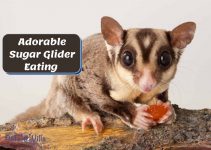If you’re like me, you want to provide the best possible environment for your pet gliders, and part of that means investing in safe sugar glider cage plants.
I did a lot of research to find out the best plants for sugar glider cages, and I want to share my findings with you.
Here, I’ll talk about some of the most popular cage plants that you can put in your sugar glider cage living room and whether or not they’re safe for your glider.
So, let’s jump right in!
Table of Contents
19 Safe Plants For Sugar Gliders You Should Know
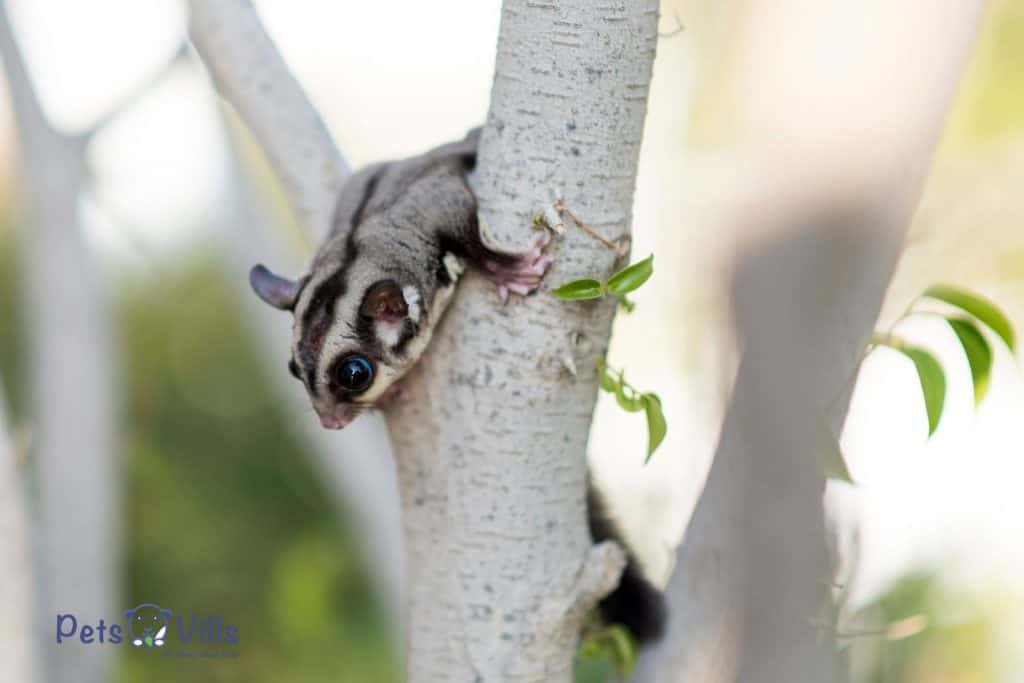
One of the things I was excited to do when I got my sugar glider was to make her a tiny home that would resemble her natural habitat as much as possible.
After researching the best sugar glider cage cheap options, I set out to add plants.
However, I quickly realized that not all plants are created equal when it comes to safety for pet gliders.
For example, did you know that sago palms are poisonous to all living things, including gliders? (1) I sure didn’t.
Luckily, I did some research and compiled a list of safe plants that you can put in your sugar glider’s cage. (2)
Here they are:
1. Angelica
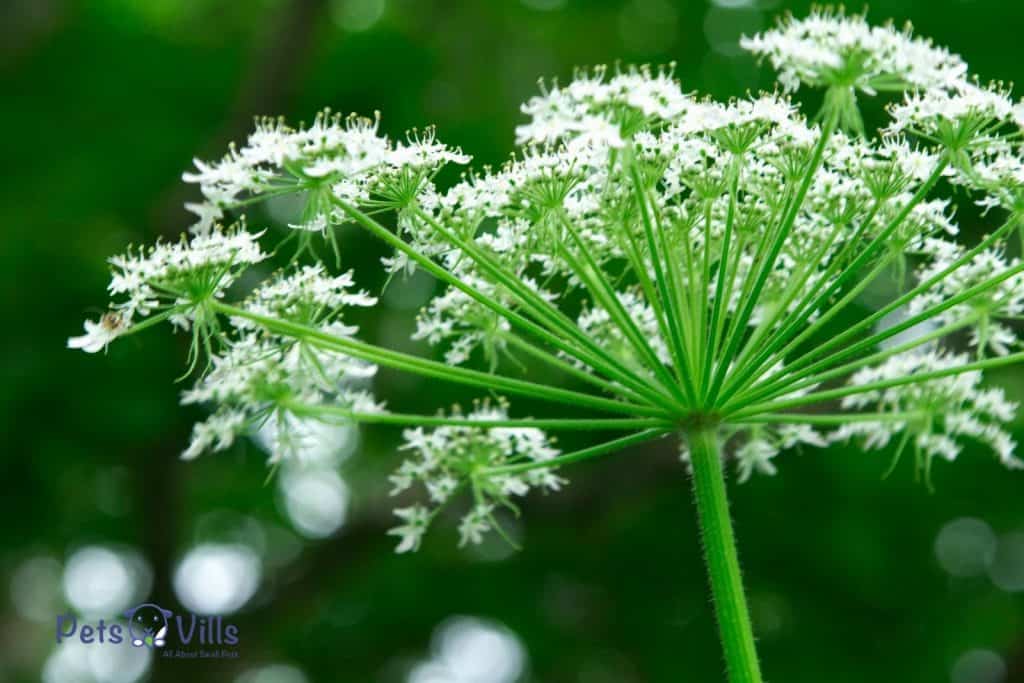
This herb has tall, thick stems with large leaves and small white or greenish-white flowers.
2. Garden Angelica
The garden angelica is also safe for pet gliders, but its roots are poisonous, so ensure your glider can’t reach the roots.
ALSO CHECK: The Best Sugar Glider Cage Accessories
3. Bergamot (Citrus Bergamia)
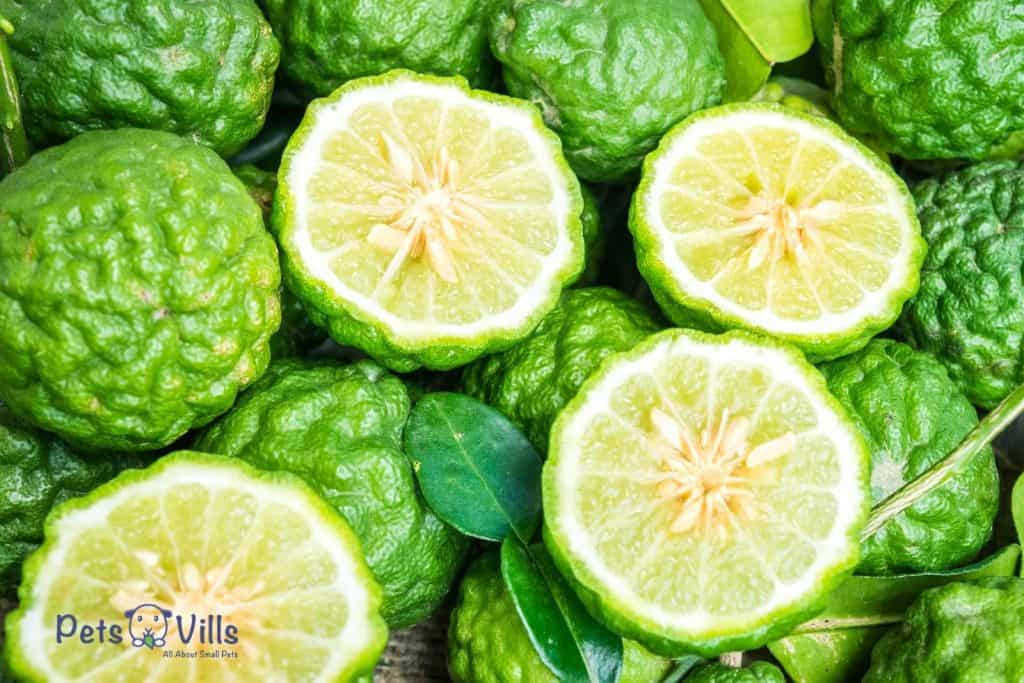
Another example of glider safe plants is bergamot. It has a citrusy smell, and its leaves are used to make Earl Grey tea. (3)
4. American Angelica
You won’t go wrong with American Angelica either. However, ensure your pet glider can’t reach the roots because they’re poisonous.
5. Anise Hyssop (Giant Blue Hyssop)
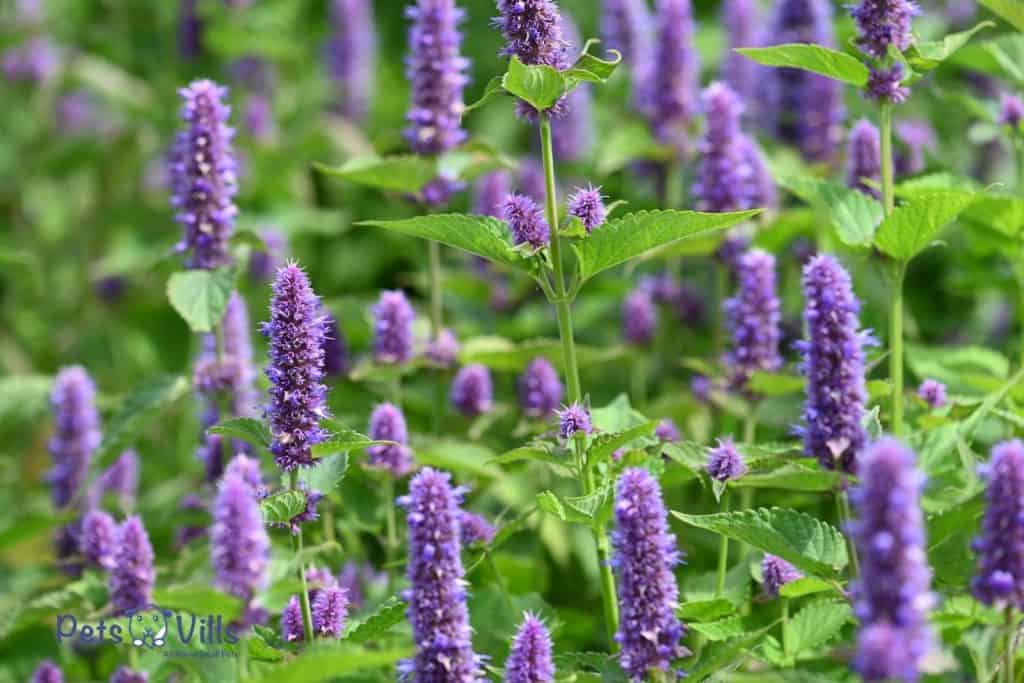
While the Giant Blue Hyssop may not be the best sugar glider vine, it’s still a safe plant for them.
Not to mention, you don’t have to worry about poisonous roots as you would with other plants such as American Angelica.
6. Fragrant Giant Hyssop Balm (Common Balm)
The Fragrant Giant Hyssop Balm, popularly known as Common Balm, is yet another safe plant for gliders. It has a minty smell, and its leaves can be used to make tea.
7. Lemon Balm
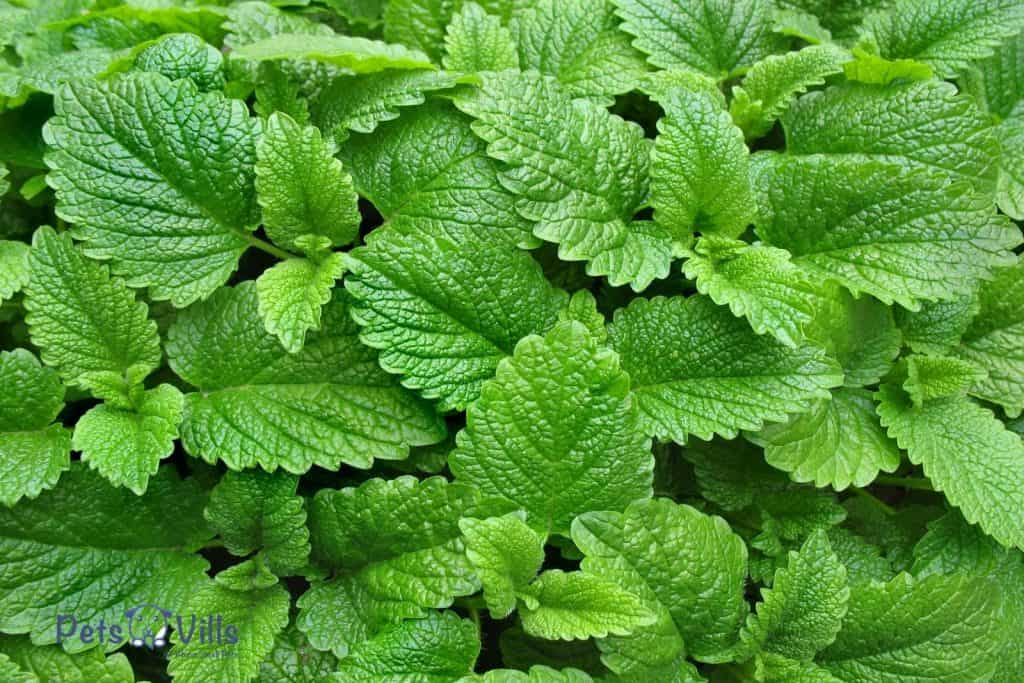
Lemon balm is also an excellent choice for a sugar glider cage plant. It has a lemon scent and can be used to make tea.
Like the Fragrant Giant Hyssop Balm, the leaves of this plant are safe for your pet sugar glider to consume.
8. Melissa Sweet Balm
Melissa Sweet Balm is one of the best plants for sugar glider cages because it’s a native plant for gliders. Therefore, it’s safe for them to consume.
Other than that, it has a sweet fragrance that will make your glider’s cage smell great!
However, keep in mind that this plant can grow up to 3 feet tall. So, you’ll need to prune it regularly or invest in a larger cage.
9. Banksia Cunninghamii
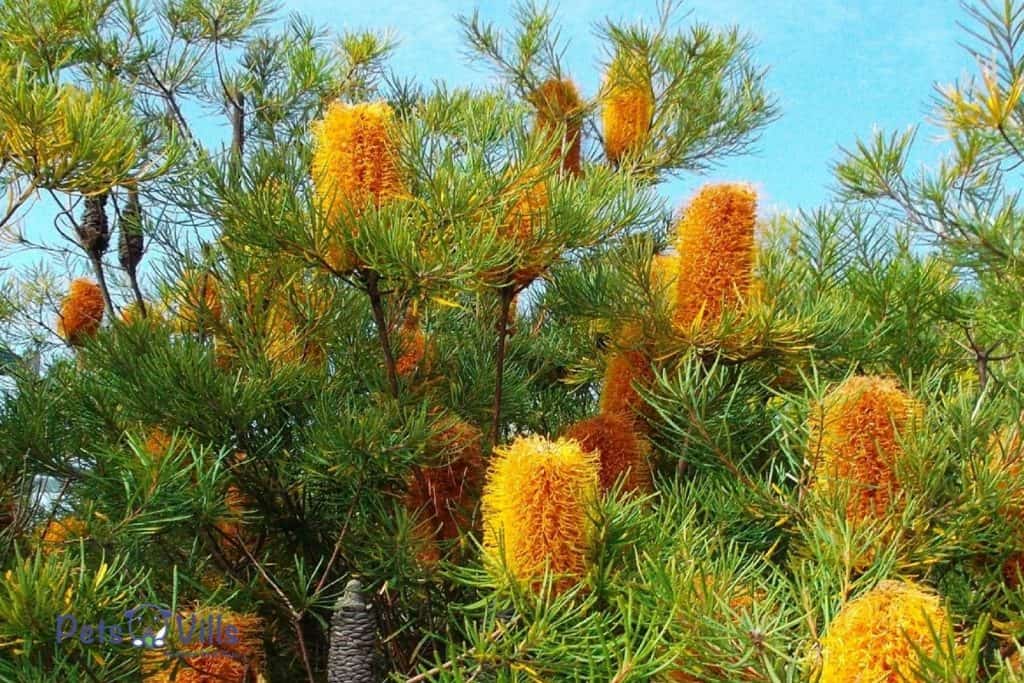
Another native sugar glider plant, Banksia Cunninghamii, is a small tree with nectar-rich flowers. Gliders love to eat the nectar, and it’s safe for them to do so.
10. Basil
You’ll also not go wrong with any basil variety. Be it sweet basil, lemon basil, or holy basil. All of them are safe for young and adult sugar gliders, and they love the taste!
11. Chamomile
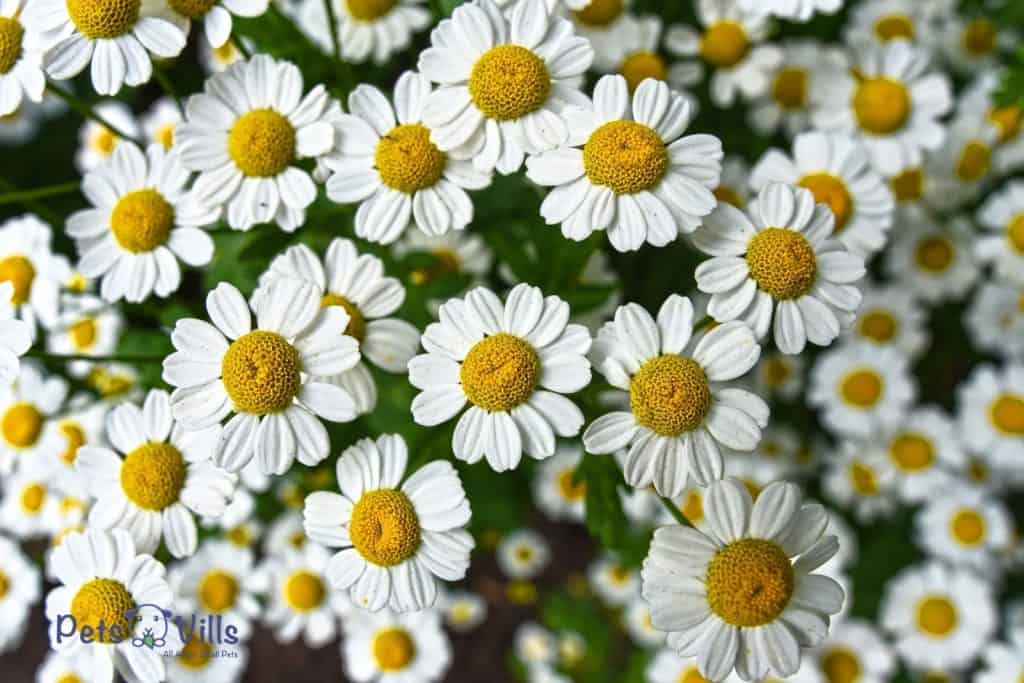
Another plant that won’t affect your captive gliders’ health is chamomile according to Bowmanville Veterinary Clinic. (4) Chamomile has a sweet taste, and it’s very aromatic, unlike fake plants. Your glider will love to nibble on its leaves.
12. Lavender
Lavender is also an excellent choice for a sugar glider cage plant. The plant has a sweet scent that will make your glider’s home smell great. And like chamomile, lavender is also safe for gliders to consume.
13. Rosemary
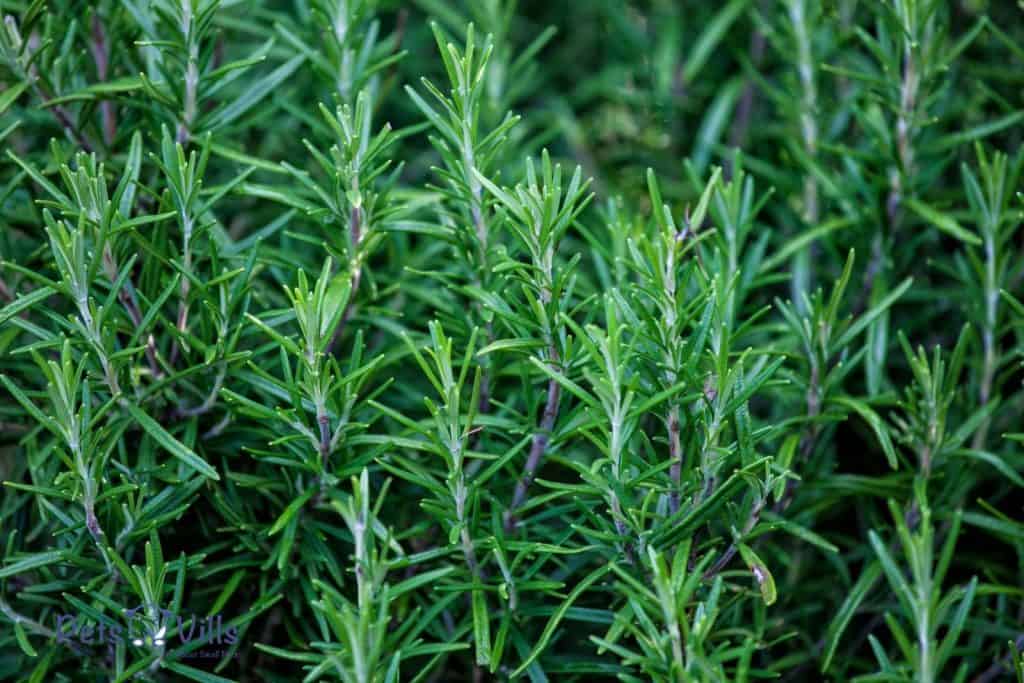
Rosemary is another sugar glider-safe plant that has a delicious taste. Your glider will enjoy munching on its leaves.
This herb is also known to have health benefits, so it’s a great addition to your sugar glider’s cage.
14. Rose of Sharon
The leaves and flowers of this plant are safe for gliders to consume. They have a citrus, cranberry flavor that your pet glider will love.
Rose of Sharon is also known for its medicinal properties, making it a great plant to have in your glider’s cage.
15. Sage
Another sugar glider cage plant you can confidently add to your glider’s cage is sage. All parts of the plant are safe for gliders to consume, and they have a slightly peppery flavor that your pet glider will enjoy.
However, “do not use the red colored ones when giving them to gliders, “researcher Chris Hamann stresses. (5)
Red colored sage is highly toxic in high concentrations and may cause hemorrhaging, so it is best to avoid this plant altogether. (6)
16. Dandelion
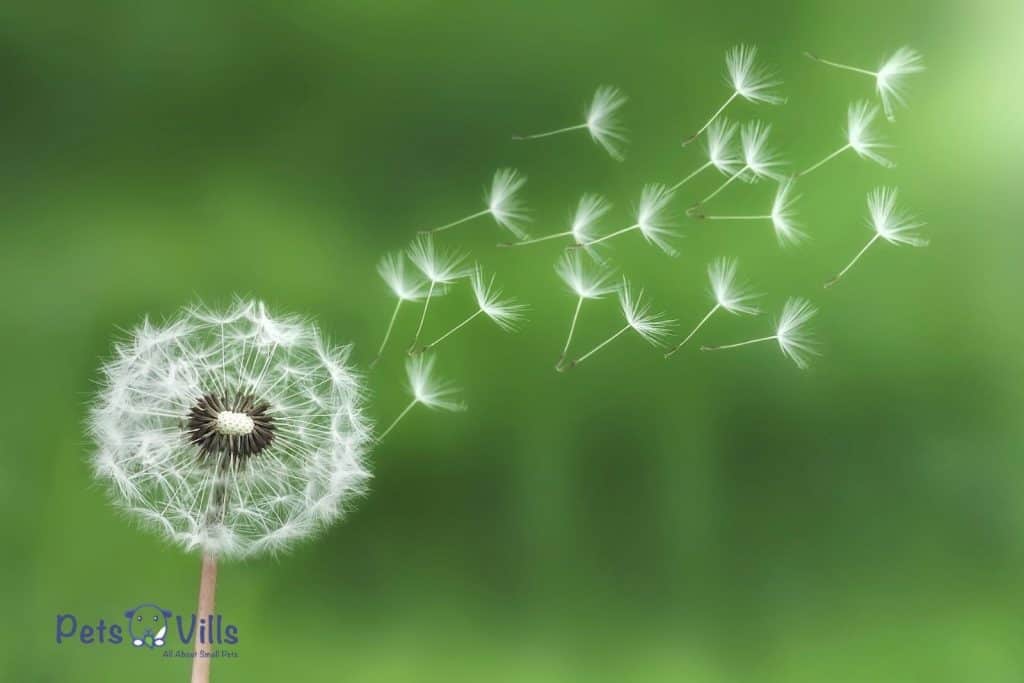
You can also plant dandelions in your glider’s cage. All parts of the plant are safe for gliders to consume, and they provide a good source of vitamins A and C.
17. Money Plant
I love Money Plants! They are safe for gliders, and they make the cage look really pretty. And the best part is that all parts of the plant are safe for pet gliders to consume.
18. Parsely
Parsely is also an excellent option for a glider cage plant. It is safe for gliders to consume and is a good source of vitamins.
However, avoid using the seed as they may be harmful to gliders.
19. All Members of the Daisy Family
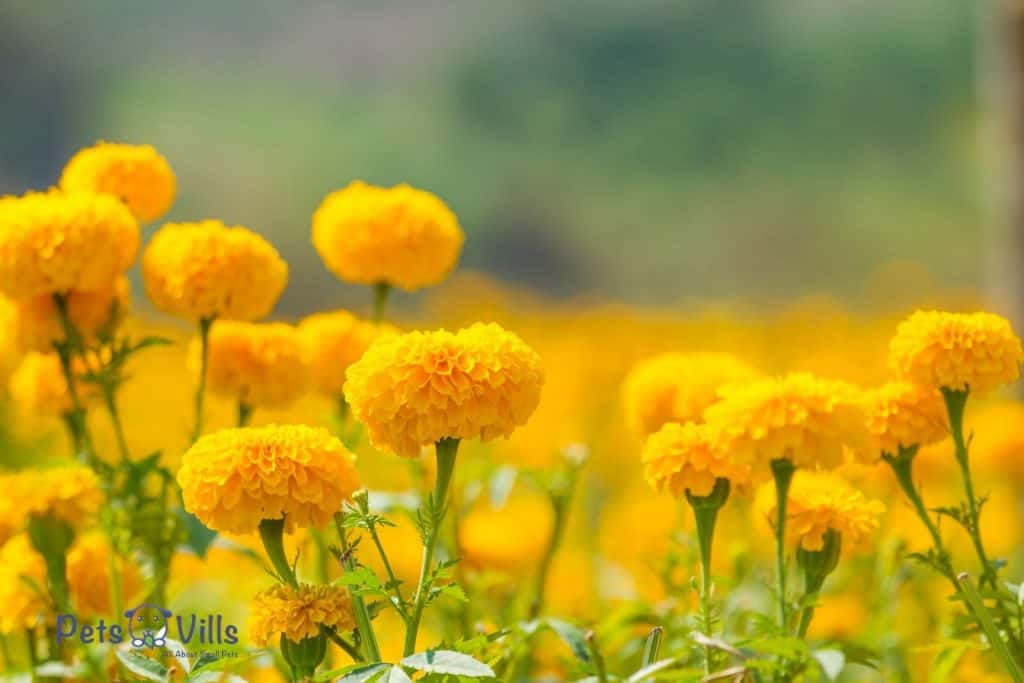
If you’d like to beautify your baby sugar glider’s cage with some flowers, you can do so with any daisy family members.
This includes chrysanthemums, marigolds, and zinnias. All parts of these plants are safe for gliders to consume.
Just remember not to use any pesticide on these plants as it can be harmful to your pet glider.
In addition to real plants, you can add artificial plants to your pet’s care. This video shows you some fun ideas.
What Plants Are Toxic To Sugar Gliders?
In my quest to discover safe plants for gliders, I also learned which plants are toxic to them. Here is a list of poisonous plants that you should avoid placing in your pet glider’s cage:
- Allium (Allium cepa)
- Bloodroot
- Allium ascalonicum
- Japanese Star anise
- Allium fistulosum
- Allium ascalonicum
- Garlic, cloves, onions, and other members that fall in the onion family
- All members of the nightshade family, such as Atropa Belladonna and Meadow Saffron Belladonna
- Arnica (arnica montana)
- Bittersweet
- Black Cohosh – This plant is particularly harmful to female pet gliders. It has a toxic substance that triggers smooth muscle contractions, causing an expectant female glider to lose her baby.
- Bloodroot (sanguinaria canadensis)
- Dandelion roots
- Comfrey (Symphytum peregrinum)
- Scotch broom & Irish broom Caper Spurge
- All members of the Prunus species, Chrysanthemum (C. coccineum)
- Any Ficus species
- Henbane
- Foxglove (digitalis purpurea)
- Any member of the Ipomoea family, including Morning Glory and Jalap (ipomoea purga)
- Horsechestnut (Aesculus hippocastanum)
- All Prunus species
- Jimson weed (Datura stramonium)
- Lilly of the Valley (Convallaria majalis)
- Lobelia (lobelia inflata)
- Indian tobacco
- Love Parsley
- Wild Tobacco
- Sea Parsley Mandrake (Mandragora officinarum)
Bird & Exotic Vets also advises that the following plants are toxic for your glider:
“Holly, Azalea, Mistletoe, Catnip, Rhubarb, Sweet peas.” They also recommend avoiding “all plants treated with pesticides or plants that have been treated with chemicals, fertilizers, or toxicity.” (7)
It’s best to avoid giving your pet glider any plants that are poisonous to humans, as they will likely be just as toxic to your glider.
If you’re not sure whether or not a plant is safe for your pet glider, it’s always best to err on the side of caution and avoid giving them any plants that could potentially be harmful.
FAQs
Is Eucalyptus Safe for Sugar Gliders?
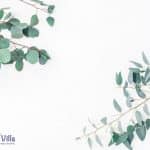
Yes, Eucalyptus is a native sugar glider plant, and therefore, it is safe for pet gliders. Gliders love chewing on it, and it’s beneficial for their health. Not to mention, it’s an excellent bug repellant for the glider’s cage.
Can Sugar Gliders Eat Mint Leaves?
Yes. Pet gliders can eat mint leaves. However, they’re especially fond of peppermint, chocolate mint, and spearmint.
What Kind of Plants Do Sugar Gliders Eat?
Wild gliders typically eat wood, flowers, and leaves of various plants. However, eucalyptus is a mainstay in wild gliders’ diet. Therefore, if you can find eucalyptus leaves, your glider will love you for it!
What Woods Are Safe for Sugar Gliders

Safe woods for gliders include yucca, willow, apple, bamboo, acacia, elm, cactus, ash, maple, birch, eucalyptus, basswood, poplar, and Manzanita.
Wrapping Up
There you have it: sugar glider cage plants that are safe for your glider and a list of toxic plants you should avoid. With a bit of creativity, you can create a fun and safe environment for your glider to enjoy.
However, do your research on any plants you’re considering adding to their home, and always err on the side of caution when it comes to your pet glider’s safety.
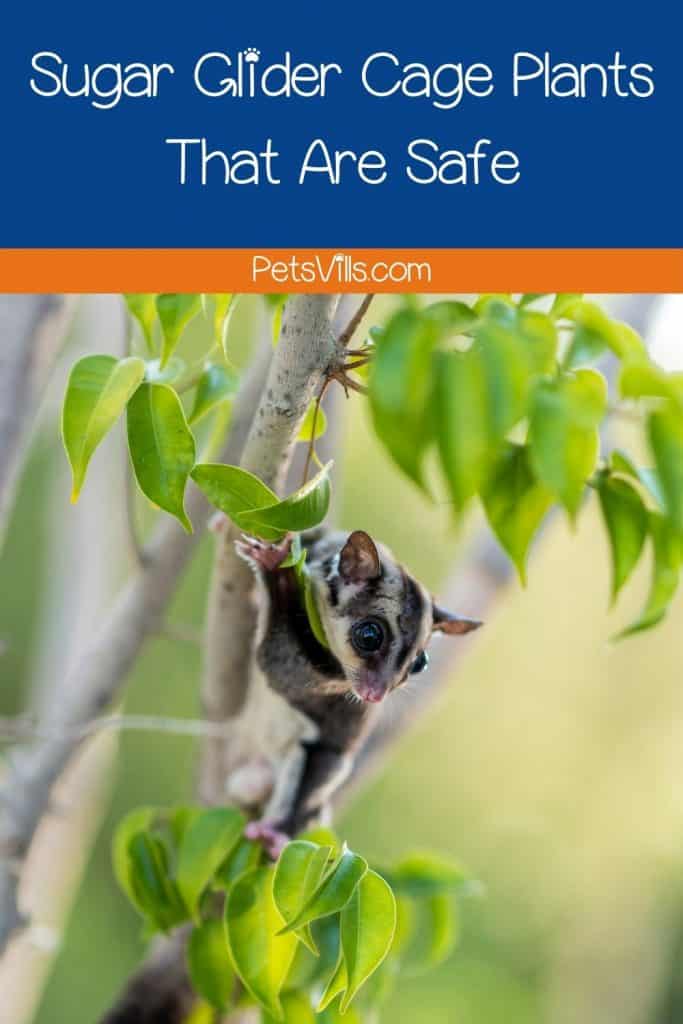
Which plants do you have in your pet glider’s cage? Let us know in the comments below!
References
- 1. “Is the Sago Palm Toxic or Poisonous? Important Facts.” Plant Care Today, 15 Oct. 2021, plantcaretoday.com/sago-palm-poisonous.html. Accessed 13 May 2022.
- 2. “Poisonous Plants.” ASPCA, 2015, www.aspca.org/pet-care/animal-poison-control/toxic-and-non-toxic-plants.
- 3. Tukua, Deborah. “What the Heck Is Bergamot?” Farmers’ Almanac, 19 Feb. 2018, www.farmersalmanac.com/what-is-bergamot-30519#:~:text=Like%20other%20citrus%20fruits%2C%20bergamot. Accessed 13 May 2022.
- 4. “Bowmanville Veterinary Clinic.” Bowmanvilleveterinaryclinic.com, 2022, www.bowmanvilleveterinaryclinic.com/sugar-glider-information. Accessed 13 May 2022.
- 5. Hyssop, Anise. Sugar Glider Safe Flowers. https://j.b5z.net/i/u/10237511/f/Sugar-Glider-Safe_Flowers.pdf
- 6. Qureshi, I. H., et al. “Toxicity and Anticoagulant Activity of Salvia Splendens.” Pakistan Journal of Pharmaceutical Sciences, vol. 2, no. 2, 1 July 1989, pp. 75–79, pubmed.ncbi.nlm.nih.gov/16414649/#:~:text=Abstract. Accessed 13 May 2022.
- 7. “Sugar Glider Care Guide | Long Island Exotic Pet Vet.” Libirdexoticsvet, www.birdexoticsvet.com/sugar-glider-care-guide.
Alina Hartley is a small-town girl with a ginormous love of bearded dragons. It all started with Winchester, a baby bearded who was abandoned at the shelter by his former owners because of a birth defect that caused one front leg to be shorter than the other. Alina originally went to the shelter looking for a guinea pig, but one look at Winchester and it was love at first sight. From that day on, Alina has dedicated her life to learning everything she can about bearded dragons. She loves helping new beardie parents start their incredible journey with these magnificent reptiles.
Follow her on:
LINKEDIN
TWITTER.
Read her latest articles HERE
Learn more about her HERE.

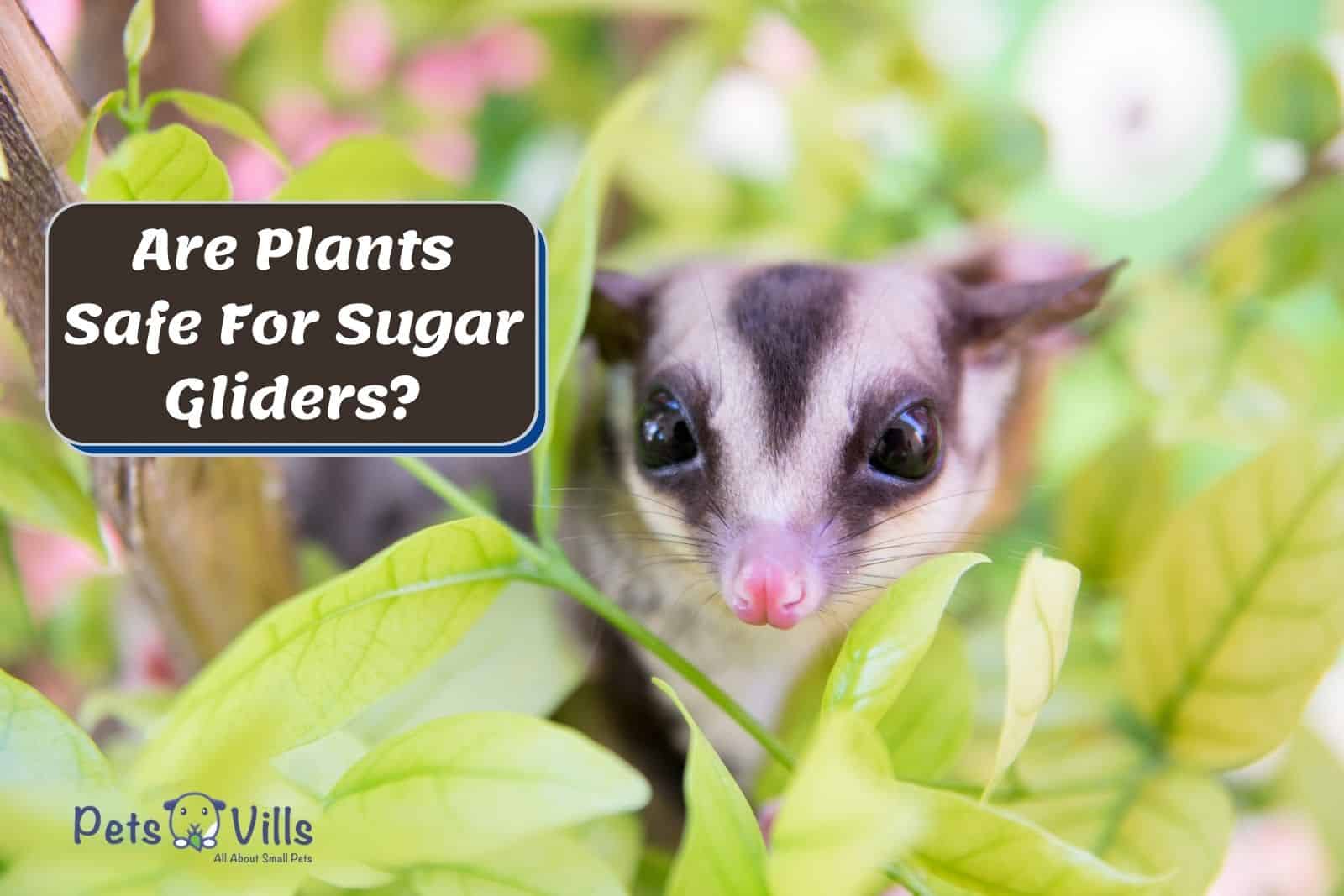
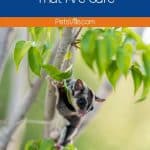
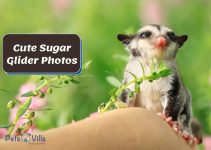
![Cute Sugar Glider Drinking From The Bottle [Must-Watch Video]](https://petsvills.com/wp-content/uploads/2022/09/Cute-Sugar-Glider-Drinking-From-The-Bottle-Must-Watch-Video-211x150.jpg)
